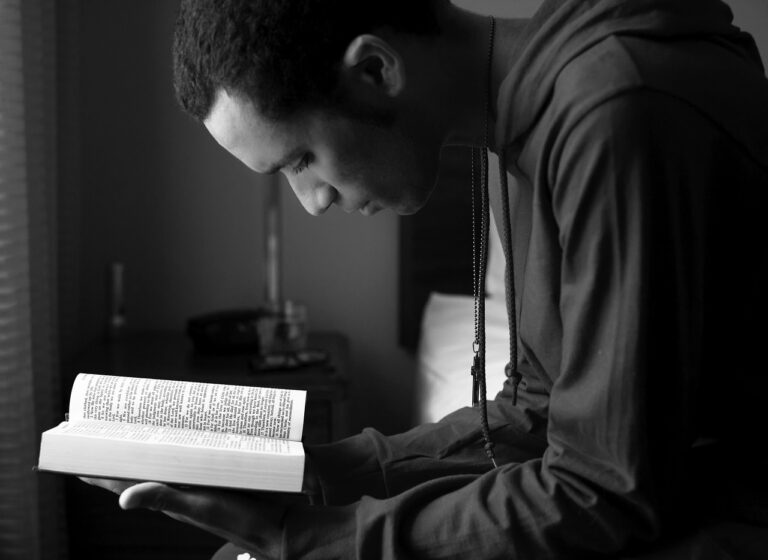Analyzing the Impact of Socioeconomic Factors on Access to College Preparation Resources in Underserved Communities
Access to college preparation resources in underserved communities is often significantly influenced by socioeconomic factors. Families in these areas may lack the financial means to provide their children with costly tutoring services, test prep courses, or college application assistance. Additionally, limited access to quality educational institutions and guidance counselors in underserved communities can further hinder students’ ability to navigate the college preparation process effectively.
Moreover, the lack of awareness about available resources and support programs in underserved communities can also contribute to disparities in access to college readiness services. Without sufficient information about scholarships, mentorship programs, or college fairs, students in these areas may struggle to fully engage in the college preparation journey. Addressing these factors and ensuring equitable access to college preparation resources is essential in promoting educational equity and breaking down barriers for students in underserved communities.
• Lack of financial means for costly tutoring services, test prep courses, or college application assistance
• Limited access to quality educational institutions and guidance counselors in underserved communities
• Lack of awareness about available resources and support programs
in underserved communities
• Disparities in access to scholarships, mentorship programs, or college fairs
due to insufficient information
Efforts must be made to bridge the gap and ensure that students in underserved communities have equal opportunities when it comes to preparing for college. By providing more accessible and affordable resources, increasing awareness about available support programs, and improving the overall quality of education in these areas, we can help level the playing field for all students. Educational equity is crucial for creating a fair and just society where everyone has the chance to reach their full potential. Let’s work together to break down barriers and empower students from underserved communities on their path towards higher education.
Barriers to College Preparation Resources in Low-Income Areas
Access to college preparation resources in low-income areas is often hindered by a lack of funding and resources in schools. Many schools in underserved communities struggle to offer college readiness programs due to budget constraints, resulting in limited access to test prep materials, college counseling services, and guidance on the college application process. Additionally, the shortage of qualified counselors and educators in these areas further exacerbates the barriers to obtaining the necessary support for pursuing higher education.
Another significant barrier faced by students in low-income areas is the lack of awareness and information about the college application process. Oftentimes, students from disadvantaged backgrounds do not have access to the same level of information and guidance as their more affluent peers, leading to feelings of confusion and uncertainty about how to navigate the path to college. Without adequate support and information, many students may miss out on crucial opportunities to prepare for and apply to college, perpetuating the cycle of inequality in access to higher education.
Inequality in Access to College Readiness Support Services
Despite efforts to improve access to college readiness support services, significant disparities still exist among students from underserved communities and low-income areas. One key factor contributing to this inequality is the lack of financial resources allocated to schools in these regions. As a result, students may not have access to important resources such as college counselors, test preparation materials, and extracurricular programs that are crucial for college preparedness.
Additionally, geographical location plays a significant role in determining access to college readiness support services. In rural areas and isolated communities, students often face challenges in accessing resources due to limited infrastructure and transportation options. This lack of physical proximity to schools and community centers offering college preparation programs further hinders students’ ability to receive the necessary support and guidance needed for success in higher education.
What are some factors that affect access to college preparation resources in underserved communities?
Factors such as lack of financial resources, limited access to quality education, and a lack of awareness about available resources can all contribute to limited access to college preparation resources in underserved communities.
What are some barriers to college preparation resources in low-income areas?
Some barriers include lack of funding for college readiness programs, limited availability of college counselors in schools, and a lack of transportation options to access off-site resources.
How does inequality manifest in access to college readiness support services?
Inequality in access to college readiness support services can be seen in disparities in resources, such as fewer college prep classes in low-income schools, limited access to test prep materials, and a lack of guidance counselors to help students navigate the college application process.





